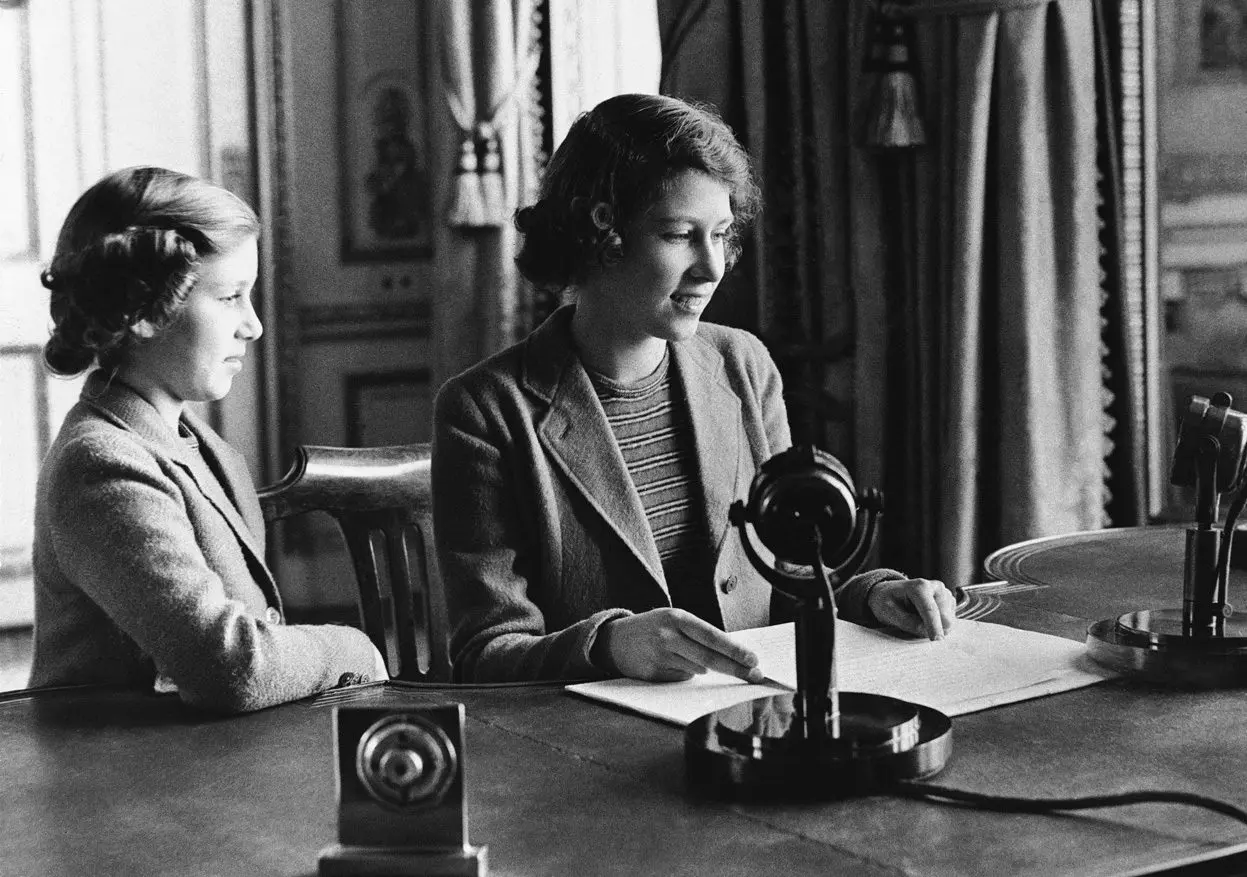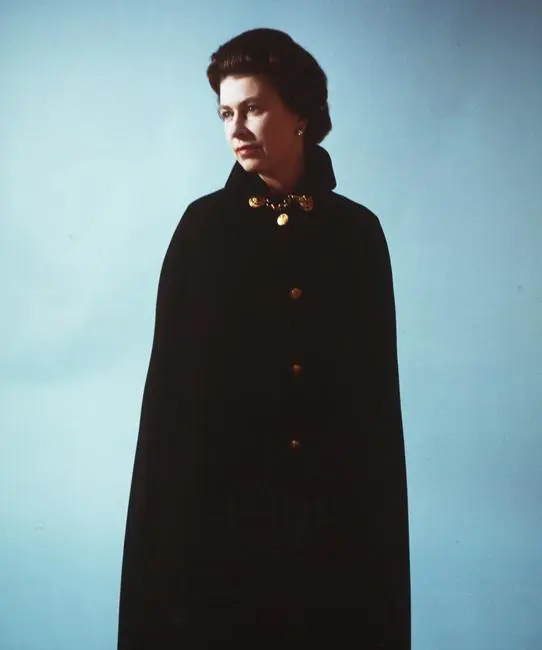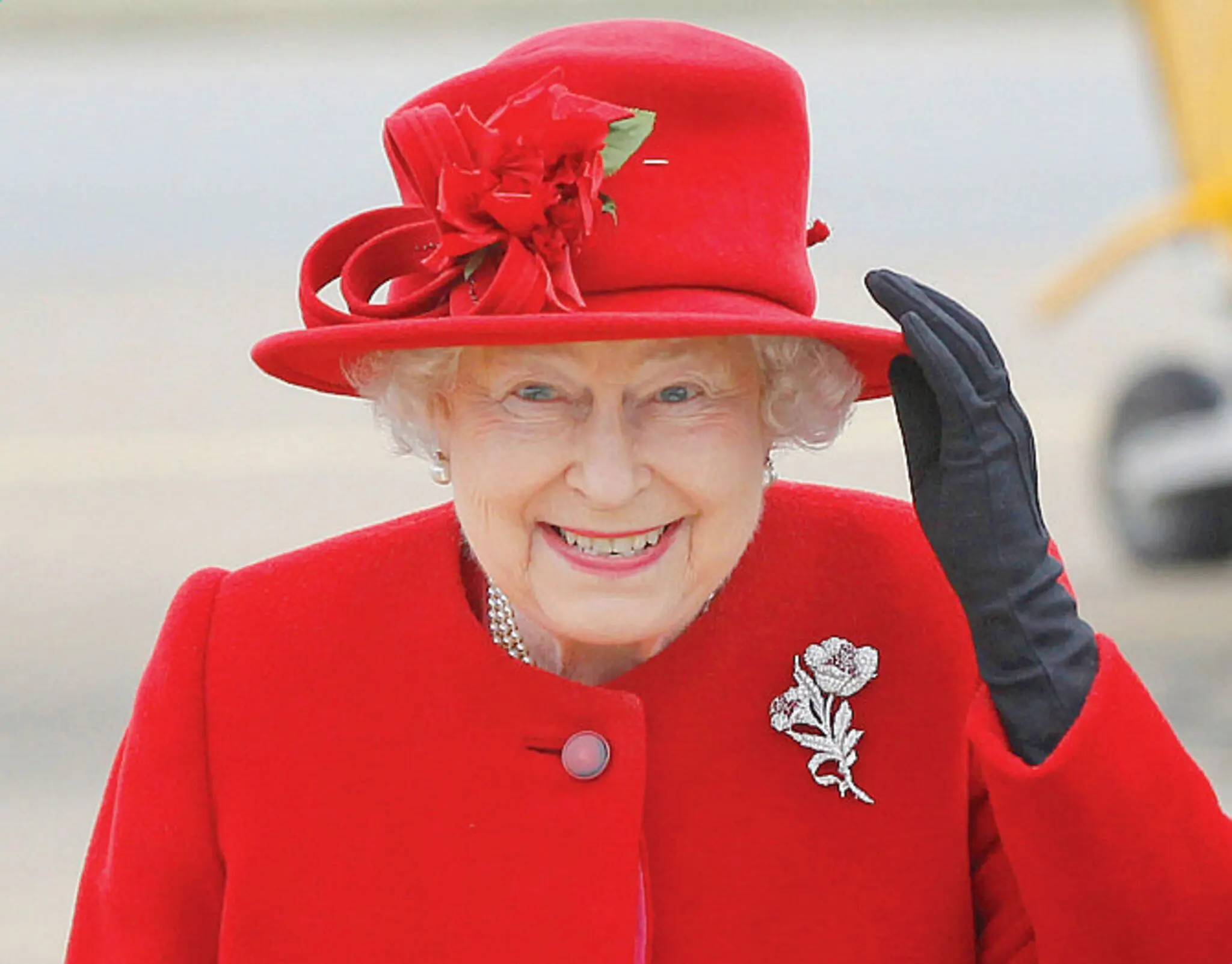In the realm of royal fashion, few figures have commanded as much attention and admiration as Queen Elizabeth II. Her aesthetic choices have transcended mere fabric and thread, weaving a complex tapestry of identity, power, and communication. Elizabeth’s wardrobe served as a potent symbol of her reign, intertwining her public persona with significant political and cultural narratives. In this blog post, we will delve into the many dimensions of the Queen’s fashion, examining how her style functioned not just as a reflection of personal taste, but as a carefully curated dialogue with her subjects and the world.
The Language of Fashion: Significance Behind the Outfits
Fashion is not an isolated phenomenon; it is deeply embedded with cultural and social meanings. Each garment donned by Elizabeth II was steeped in intentionality, representing her adaptability and connection to the UK’s complex heritage. Her preference for bright colors and bold accessories was not just a matter of style, but also a deliberate strategy to ensure she was easily recognizable in public, effectively embodying a form of diplomatic soft power.
Throughout her reign, Queen Elizabeth II embraced outfits that bridged tradition and modernity. For instance, her choice of vibrant hues, from vivid greens to striking yellows, often symbolized optimism and hope, particularly during trying times.

The Role of Designers in Shaping the Queen’s Image
Key designers such as Sir Norman Hartnell and later, Angela Kelly, played a crucial role in shaping the Queen’s sartorial narrative. Their creative visions not only complemented her image but also enhanced her royal aura. Hartnell, for example, designed the iconic gown worn by the Queen at her coronation, encapsulating the historic significance of the moment while also stamping his artistic identity onto royal history.
Such collaborations illustrate the delicate dance of royal dressing where personal style meets institutional representation. The garments crafted for Elizabeth were more than mere clothing; they were symbols of continuity and progression, bridging Elizabethan traditions with contemporary needs.
Historic Context: Fashion as Political Expression
Furthermore, Elizabeth II’s wardrobe choices often served as unspoken political statements. During the cold war era, for instance, her attire subtly exhibited the UK’s resilience and solidarity with allied nations. Whenever she donned garments reflecting the themes of unity—like colors attributed to the national flags of attending dignitaries—it reinforced diplomatic ties.
This sartorial diplomacy is exemplified during state visits where the Queen wore outfits that both celebrated British fashion and honored the host country’s culture. Such choices poignantly illustrated her role as a global ambassador.

The Evolution of Style Over Decades
The Queen’s fashion journey is punctuated by moments of significant change, mirroring societal shifts and transformations in public sentiment. From the post-war era through to her later years, we can observe an evolution not just in her body of work but also the very essence of what royalty signifies.
In the early days, she presented a more traditional and demure image. As the decades rolled on, the emergence of youth culture in the 1960s prompted an interesting juxtaposition with her approach to fashion. No longer bound by stiff conventions, her colorful, tailored outfits became iconic symbols of the optimism of the new age.
This transition signals a profound moment in royal representation, where the monarch began to engage more dynamically with her people, embodying a modern monarchy that resonated with everyday citizens.
Legacy of the Rainbow Wardrobe
Perhaps one of the most famous aspects of Elizabeth II’s fashion legacy is her rainbow wardrobe. Each color choice seemed deliberate, a visual cue aimed at creating a connection with the public. Journalists often remarked on how her bright ensembles would ensure she stood out in crowds, making it easier for crowds to embrace her presence, especially during national events.
This aspect of her attire transcended mere clothing choice; it was an embodiment of her consciousness in relation to her subjects. Through the colors she wore, the Queen communicated warmth, empathy, and an inviting demeanor, an endearing characteristic that made her beloved.

Fashion as a Form of Soft Power
The concept of soft power—the ability to influence and attract without coercion—is profoundly present in the Queen’s fashion choices. Her outfits were a reflection of her personality and a subtle assertion of influence. By choosing certain designers or colors heralded by significant events, Elizabeth II blurred the lines between monarchy and modern diplomacy.
In this regard, her fashion acted as a tool for building relationships—both domestically and internationally. During the visits abroad, her fashion often reflected respect and acknowledgment of the cultures she encountered, thereby fostering goodwill.
Through the lens of fashion, we can witness the complexities of her reign, offering insights into how she navigated the tumultuous waters of public service while simultaneously redefining the role of monarchy in a modern context.
Modern Adaptability and Cultural Sensitivity
As society progressed towards a more inclusive and diverse future, so too did the Queen’s repertoire of attire. Her later years showcased a growing sensitivity towards various cultures and encouraging a dialogue around diversity. It was not uncommon to see her don outfits that highlighted a specific cultural element during significant events, showcasing her respect for inclusivity.
Through adaptable fashion, she resonated with changing norms, demonstrating that even the highest echelons of society can evolve.

The Influence of Media on Royal Fashion Perception
The media’s portrayal of Queen Elizabeth II’s fashion choices has further illustrated the interplay between celebrity culture and the monarchy. Each outfit was subject to public scrutiny, analyzed in articles and broadcasted during primetime news, showcasing a societal fascination with royal style.
Moreover, fashion historians and sociologists have posited that the Queen’s fashion served as a reflection not only of personal taste but of changing societal attitudes towards authority and reign. As fashion became interwoven with popular culture, it transformed perceptions of royalty, bringing the monarchy closer to the everyday person.
This relationship showcases how the Queen cleverly leveraged this narrative, using media’s lens to reinforce her public persona while remaining an enigmatic figure.
The Media’s Role in Shaping a Royal Icon
One could argue that the media has created a symbiotic relationship with royal fashion, where each party feeds off the other. For instance, a single royal appearance often leads to trends that embody the Queen’s distinctive style. From the iconic layering of pearls to the tailored coats she favored, each appearance translated into increased sales for designers involved.
This phenomenon showcases the extent to which Elizabeth II’s fashion choices went beyond mere aesthetics; they substantiated her image as a modern royal, while also influencing public tastes and consumer behavior.

Final Thoughts: The Enduring Legacy of Royal Fashion Communication
The realm of fashion has served as a crucial nodule for Queen Elizabeth II, allowing her to navigate the complexities of a modern monarchy. Each of her outfits told a story, bridging centuries of tradition with the unique realities of the present. As we reflect on her sartorial journey, it is evident that the Queen’s fashion choices were not isolated incidents, but crucial threads interwoven with the fabric of British society.
In remembering Elizabeth II’s legacy, we recognize that her influence in the world of fashion extends far beyond style; it exhibits the power of clothing as a means of communication, connection, and ultimately, understanding.
Source: www.telegraph.co.uk
I’m Mikael, a 35-year-old Gossip Gravity Creator. I’m passionate about curating captivating content that sparks conversations and ignites curiosity. Join me on this exciting journey as we explore the fascinating world of gossip and trends together!



